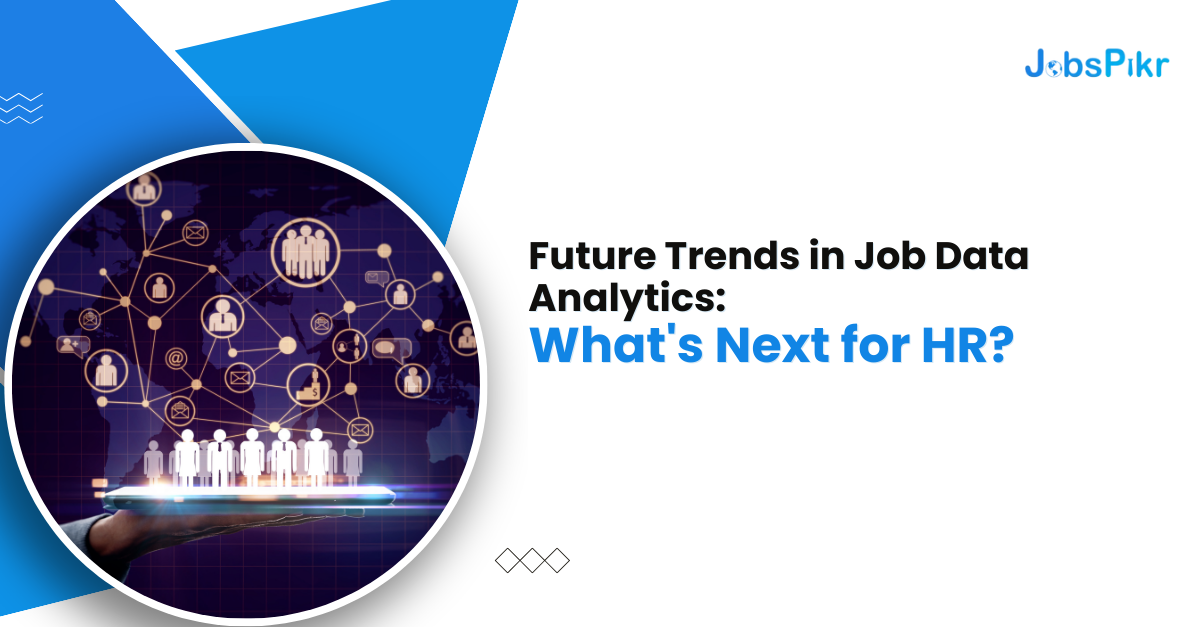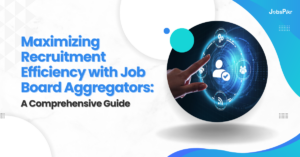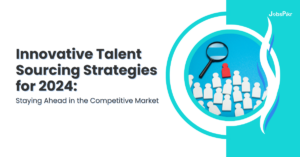In the landscape of human resources (HR), the infusion of job data analytics is set to revolutionize how organizations manage talent and predict future needs. As we look towards the future, several key trends in job data analytics are emerging that promise to reshape HR practices, from hiring to employee retention and beyond. Here’s what experts predict will be the forefront of HR innovation.

Source: SelectHub
Predictive Analytics in Talent Acquisition
One of the most transformative trends in the realm of job data analytics is the rise of predictive analytics. HR departments are increasingly turning to predictive models to sift through large volumes of data to identify potential candidates who are most likely to succeed in a role. This method not only streamlines the recruitment process but also significantly enhances the quality of hires. Predictive analytics tools can analyze past recruitment campaigns, employee performance, and even predict future job trends, allowing HR professionals to proactively strategize their staffing needs.
Big Data for Employee Retention
Employee retention continues to be a pressing challenge for many organizations. With the aid of big data, HR departments can now identify patterns and predictors of employee turnover. This could include analyzing engagement levels, workload, job satisfaction rates, and even external factors like economic conditions and job market trends. By understanding these elements, HR can develop targeted interventions to retain top talent. For example, personalized development programs, career advancement opportunities, and even preventative measures against burnout.
The Growing Importance of Soft Skills Analytics
As automation and artificial intelligence take over more routine tasks, the importance of soft skills like creativity, empathy, and adaptability is becoming more pronounced. Job data analytics is increasingly being leveraged to assess these soft skills during the hiring process and throughout the employee lifecycle. Tools that analyze communication patterns, team interactions, and feedback can provide insights into an employee’s soft skills, which are often indicative of their ability to lead, collaborate, and innovate.

Source: ZenHR
Integration of AI and Machine Learning
The integration of artificial intelligence (AI) and machine learning (ML) in job data analytics tools is enhancing the accuracy and efficiency of HR decisions. These technologies are capable of analyzing complex data sets at a scale impossible for human analysts. AI-driven analytics can help in predicting career pathing outcomes, identifying skills gaps across the organization, and even suggesting customized training programs for employees.
Ethical Considerations and Data Privacy for Job Data Analytics
As job data analytics becomes more sophisticated, the ethical implications of using such data are gaining attention. HR professionals must navigate the complexities of data privacy laws and ethical guidelines to ensure that the analytics practices do not infringe on employee privacy or lead to biased decision-making. Transparency with employees about how their data is being used and ensuring fairness in automated decisions will be crucial.
Conclusion
The future of job data analytics in HR is brimming with possibilities. As organizations continue to embrace these advanced analytical techniques, the role of HR is set to become more strategic and impactful. Predictive analytics, big data, soft skills assessment, AI, and ethical data use are not just trends; they are the future pillars of human resource management. By adopting these innovations, HR can enhance decision-making processes, improve employee retention, and ultimately drive organizational success.
Navigating the future of job data analytics will require HR professionals to stay continually informed and adaptable to new technologies. As we embrace these changes, the potential to transform HR into a more data-driven, predictive, and employee-centric function is immense.




